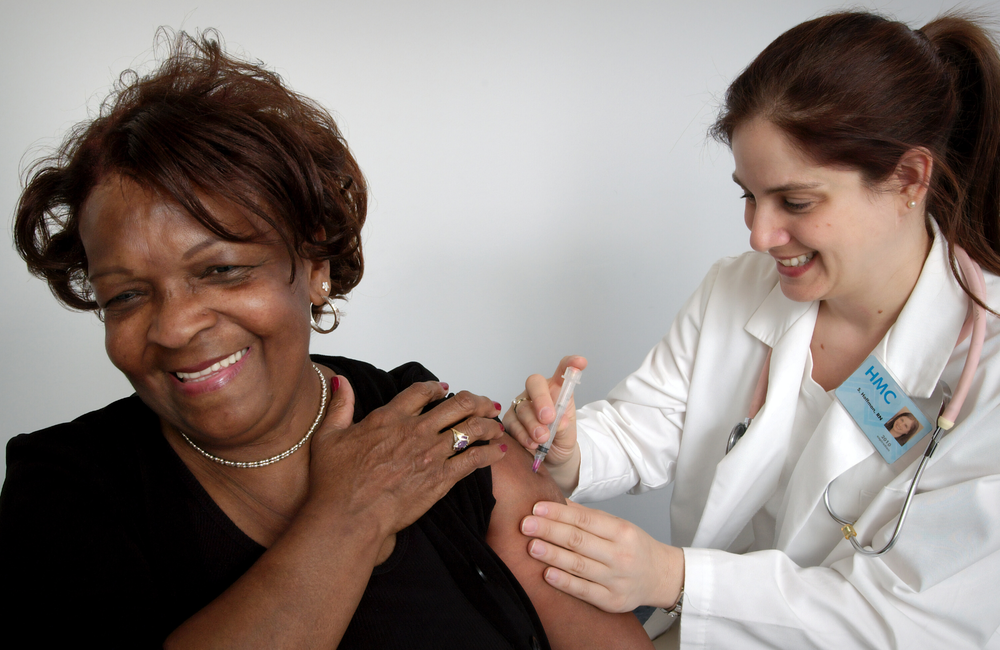
Key points
- COVID vaccine research was far better funded than HIV.
- COVID vaccines built on decades of previous research in related viruses and HIV.
- Because of available treatment and prevention, HIV vaccine trials are more challenging to conduct than for COVID.
The long search for an HIV vaccine contrasts with the unprecedentedly fast development of vaccines for COVID, in which at least seven (Pfizer, Moderna, Novavax, Oxford/AstraZeneca, Johnson and Johnson, and the Chinese Sinovac and Russian Sputnik vaccines) were ready for distribution within little more than a year from the start of the epidemic.
Apart from the technical difficulties of dealing with HIV (see Why is it so difficult to make an HIV prevention vaccine?) there are other reasons COVID vaccines were developed so quickly.
COVID vaccines had funding. It is estimated that governments poured $52 billion into research in one year. In contrast the total funding for HIV prevention research – not just vaccines but also things like PrEP – was $1.13 billion in 2019. At the 2020 International AIDS Society conference prevention researcher Professor Lynn Morris said that HIV vaccines “would be further along” if they had had the resources given to COVID.
COVID vaccines had precedents. Much of the early research into making a vaccine against SARS-CoV-2, the virus that causes COVID-19, was already underway: it had been started during the 2002-2004 epidemic of SARS, caused by the closely related SARS-CoV-1. The innovative technologies of the Pfizer and Moderna mRNA vaccines had been investigated since the early 1990s when they were first suggested as vaccine candidates. The timing happened to be right for their success.
COVID vaccines had incidence. It is easier to test a vaccine for a common disease than a rare one because if you have a lot of cases, it’s also easier to prove you have prevented some of them. It is estimated that there have been nearly 250 million COVID infections so far. In contrast there have only been an estimated 79 million people infected with HIV in 35 years.
The success of antiretrovirals as both treatment – which makes people non-infectious – and, increasingly, PrEP, has made life more difficult for HIV vaccine research for both practical reasons and ethical ones too. Vaccine trials (and ones of new PrEP technologies) cannot ethically withhold other prevention methods from subjects. People taking part are offered the effective prevention methods we already have, including PrEP and condoms. This means that rates of infection are quite low, which implies either unfeasibly large trials – or estimating what would have happened if prevention technologies had not been available at all.
COVID vaccines had a fast virus, not a slow one. COVID kills, when it does, within a month or two. HIV takes ten years. This enabled the vaccine trials to measure their vaccine’s efficacy against preventing symptoms, hospitalisations and deaths – which are obvious and easily measured. Infections, whether of COVID or HIV, are more complex to measure.
COVID vaccines had efficacy. This was not luck: it is to do with the immune reaction against the COVID spike protein being much stronger and more specific than against HIV proteins. HIV does not usually produce an immune response that is enough to stop or contain infection (see Why is it so difficult to make an HIV prevention vaccine?).
The effectiveness of the four double-shot vaccines by Pfizer, Moderna, Novavax and Oxford/AstraZeneca in preventing symptomatic COVID disease is estimated to be between 79 and 95%. However, it is more difficult to make a case for an only partially effective vaccine, as has been shown recently by the new malaria vaccine, which by itself prevents 39% of malaria cases and 29% of severe disease. The risk/benefit balance of efficacy versus side effects is also less in the vaccine’s favour.
